Hyde Park Barracks
A UNESCO World Heritage site in the heart of contemporary Sydney, the Hyde Park Barracks is an extraordinary record of the living legacy of colonial Australia. Originally built to house convicts, the Barracks also served as a women’s immigration depot and asylum, and later law courts and government offices. Today this immersive museum tells the stories of the thousands of men, women and children held or housed there, and the Aboriginal communities profoundly impacted by the relentless push of colonial expansion.
Hyde Park Barracks
Gadigal Country
Queens Square, Macquarie Street Sydney NSW 2000- Wheelchair accessible
Explore our learning programs and make a booking
Stories
Browse all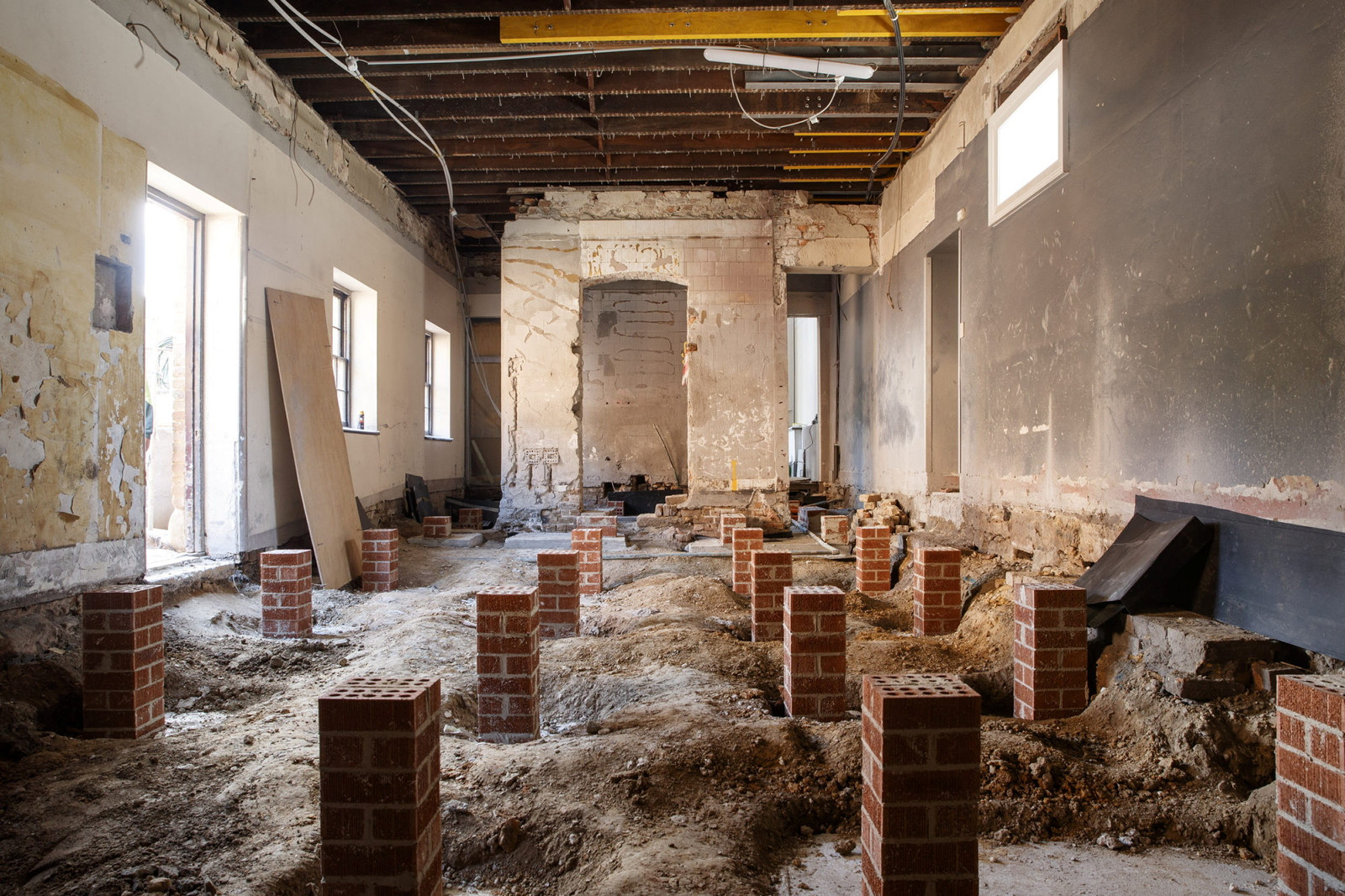
Discoveries at the Barracks
Renewal and restoration works on the Hyde Park Barracks compound have exposed building techniques from the early 19th century
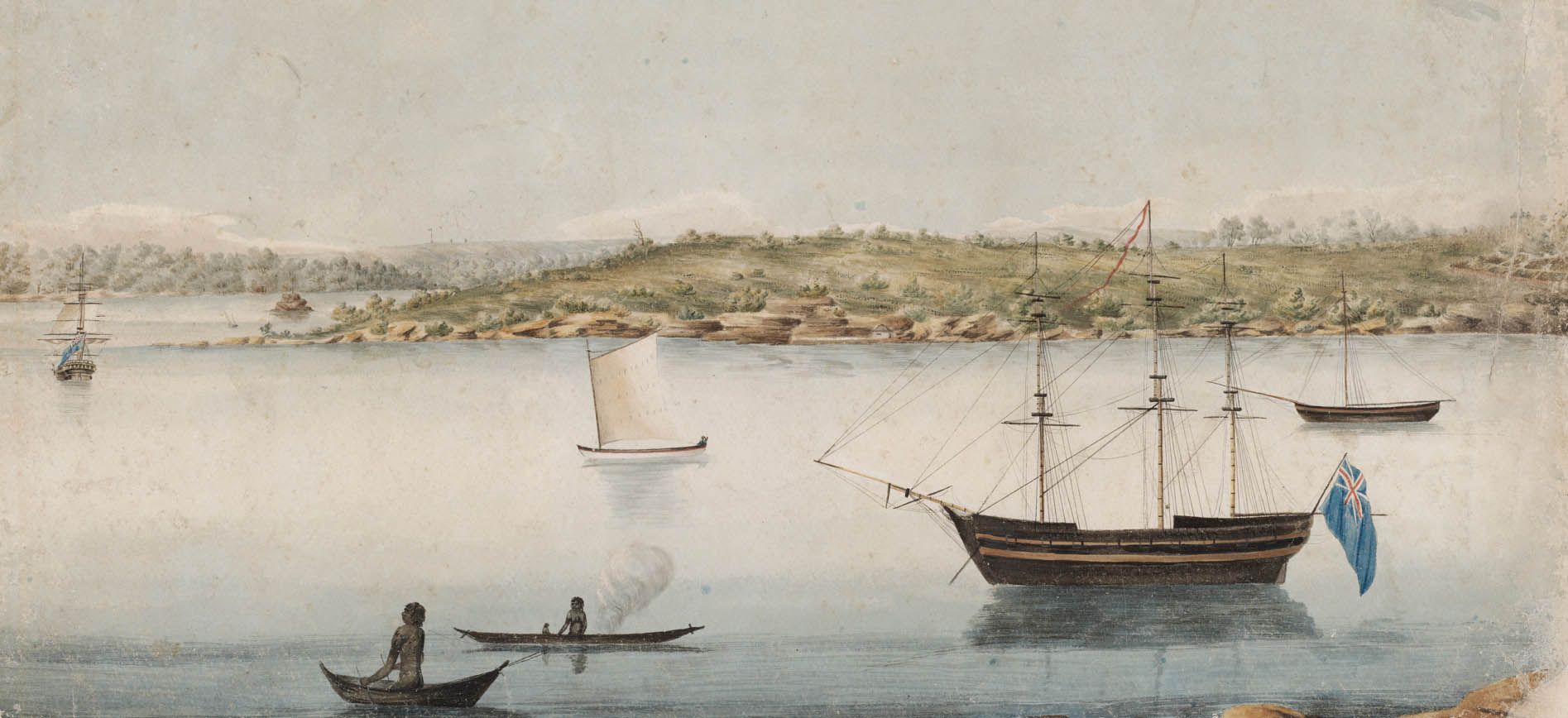
The convict impact on Aboriginal people
Impacts of the convict system on Aboriginal Country and communities

Finding hope: Q&A with artist Hiromi Tango
Hope is a digital projection artwork by Japanese-Australian artist Hiromi Tango that uses the facade of the UNESCO World Heritage–listed Hyde Park Barracks as its canvas
![Government Printing Office; NRS 4481, Glass negatives. NRS-4481-4-44-[AF00194836] Immigration Barracks Sydney, August 1871 [Department of Public Works]](https://images.mhnsw.au/fotoweb/embed/2024/03/b437216ff79d433da2d3b92c8bb24e51.jpg)
Conservation in action: Hyde Park Barracks northern range refurbishment works
In collaboration with experienced heritage consultants and traditional tradespeople, MHNSW is undertaking conservation works to the northern range buildings
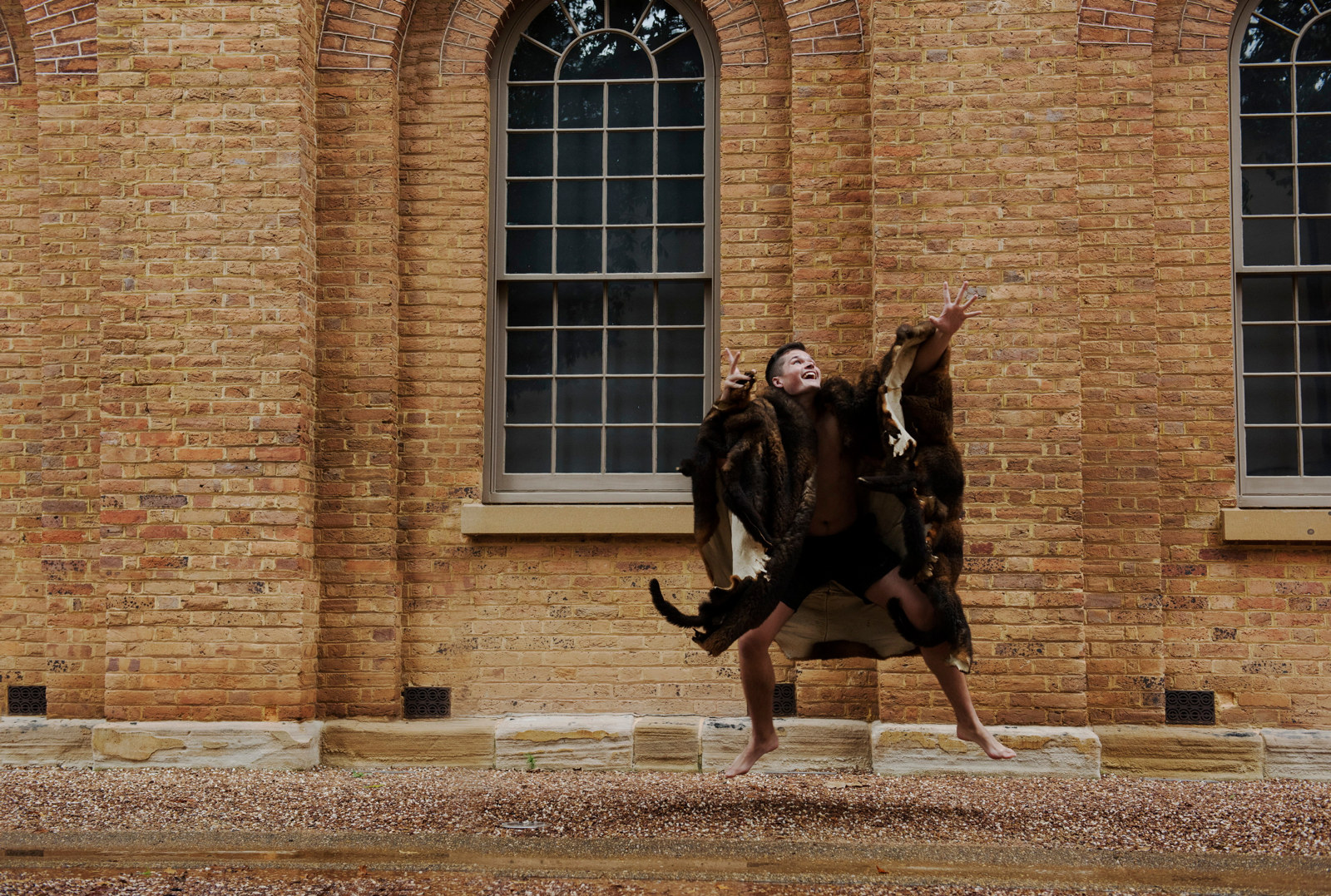
Cutter and Coota: a children’s play by Bruce Pascoe
Meet author and historian Bruce Pascoe and the main characters from his play Cutter and Coota as they reflect on the play’s themes and the experience of performing at the Hyde Park Barracks
Learning programs
Browse all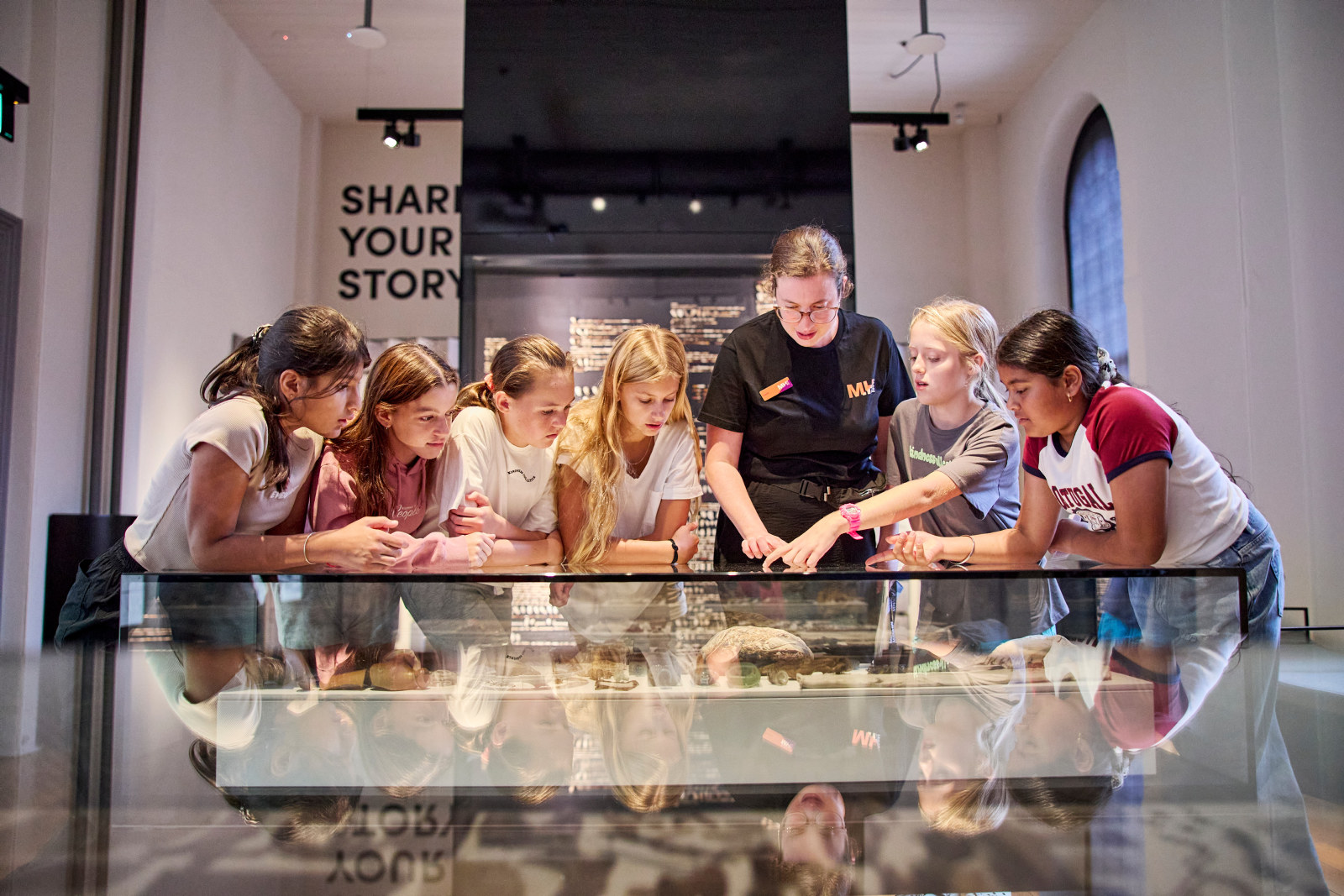
Archaeology Underfoot
As they experience historical archaeology first hand, students learn to differentiate between the roles of historian and archaeologist
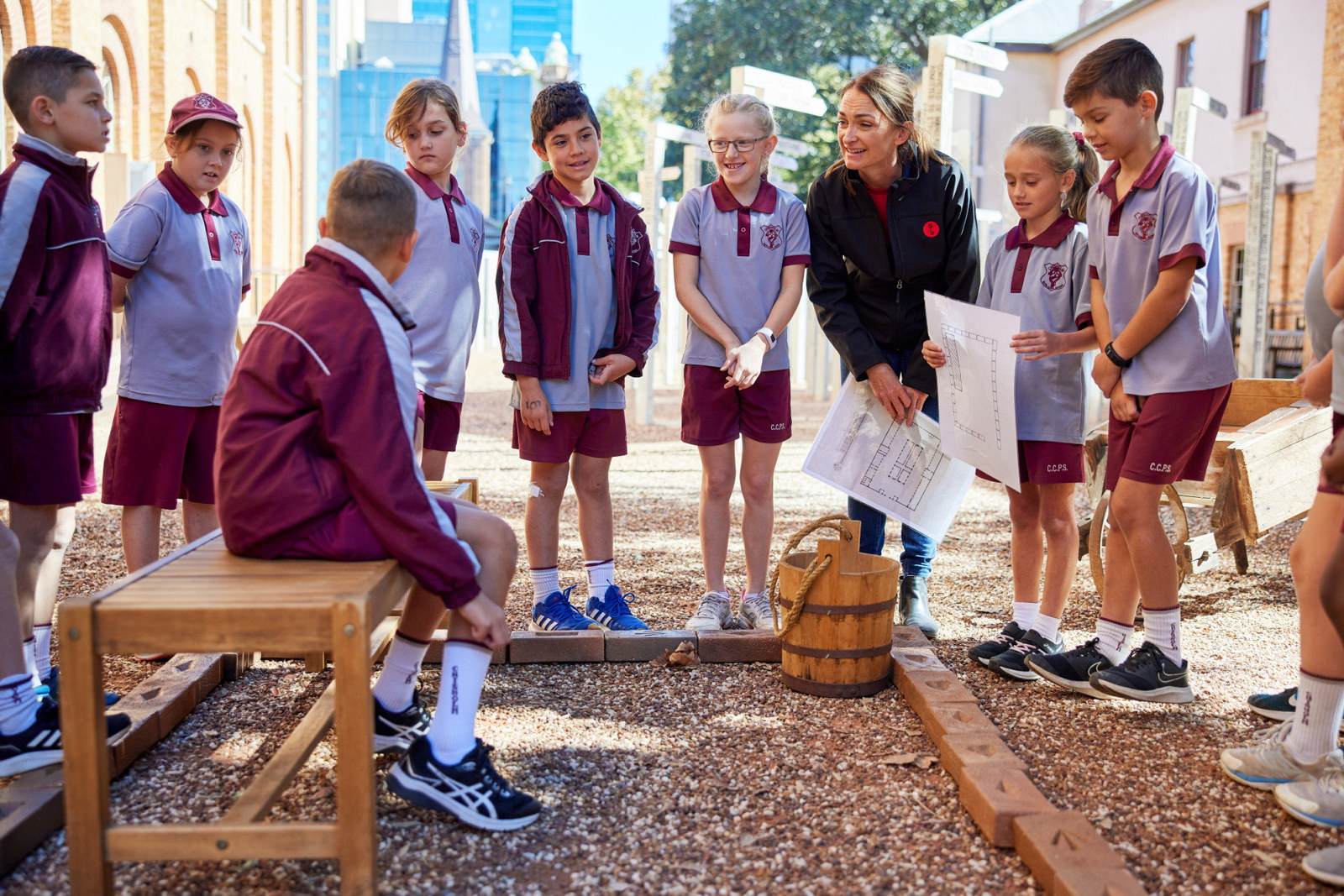
Convict Life at the Barracks
What was it like to be a convict living at the Hyde Park Barracks?
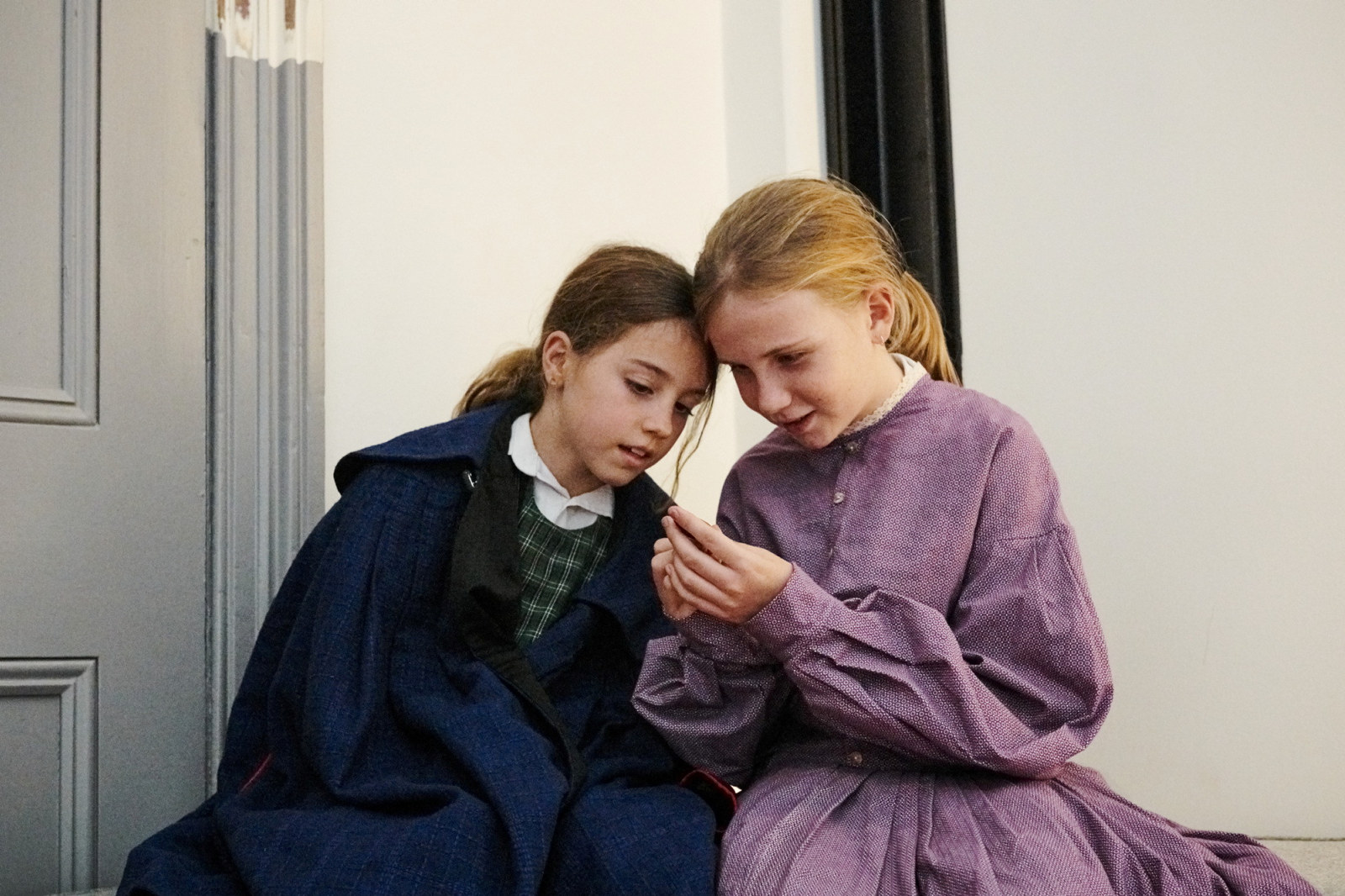
Home: Convicts, Migrants and First Peoples
What was it like to be a convict living at the Hyde Park Barracks?
Shop
Browse allAnnual Giving: Sharing our stories
Your support will help us to preserve and share the stories of NSW through our places, collections, archives and programs
Find out more




